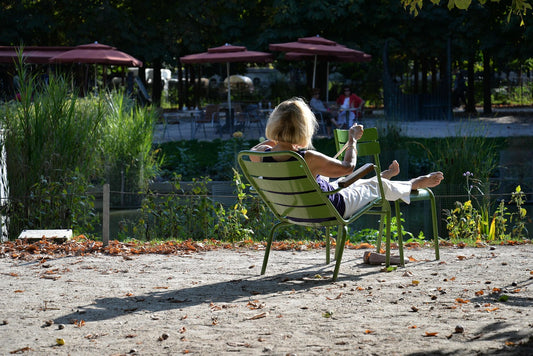Geometry matters more than you think.
Your listening setup should form a triangle—left speaker, right speaker, and your seat. If your speakers are ten feet apart, you should sit about eight feet away from each one. This creates what we call the stereo triangle, and it's fundamental to everything that makes two-channel audio work.
This geometry isn't arbitrary. It's based on how our ears decode spatial information from two sound sources. When the angles are right, our brains can construct a stable, three-dimensional soundstage where instruments occupy specific positions in space. When the geometry is wrong, everything collapses into vague left-right ping-pong.
I've seen systems completely transformed by nothing more than adjusting this triangle. Moving the listening chair closer or farther changes the perspective of the entire soundstage. Spreading the speakers wider can increase the sense of spaciousness, but go too far and the center image starts to fall apart. Bring them closer together and the center solidifies, but you lose width and air.
The right triangle isn't necessarily the one that looks best in your room. It's the one that makes the speakers disappear and puts live musicians in your space. Start with the rough geometry—ten feet between speakers, eight feet listening distance—then fine-tune by ear. You'll know when you've nailed it because the speakers will vanish and the music will appear.
Trust the triangle. It's been working for us audiophiles since stereo began.








